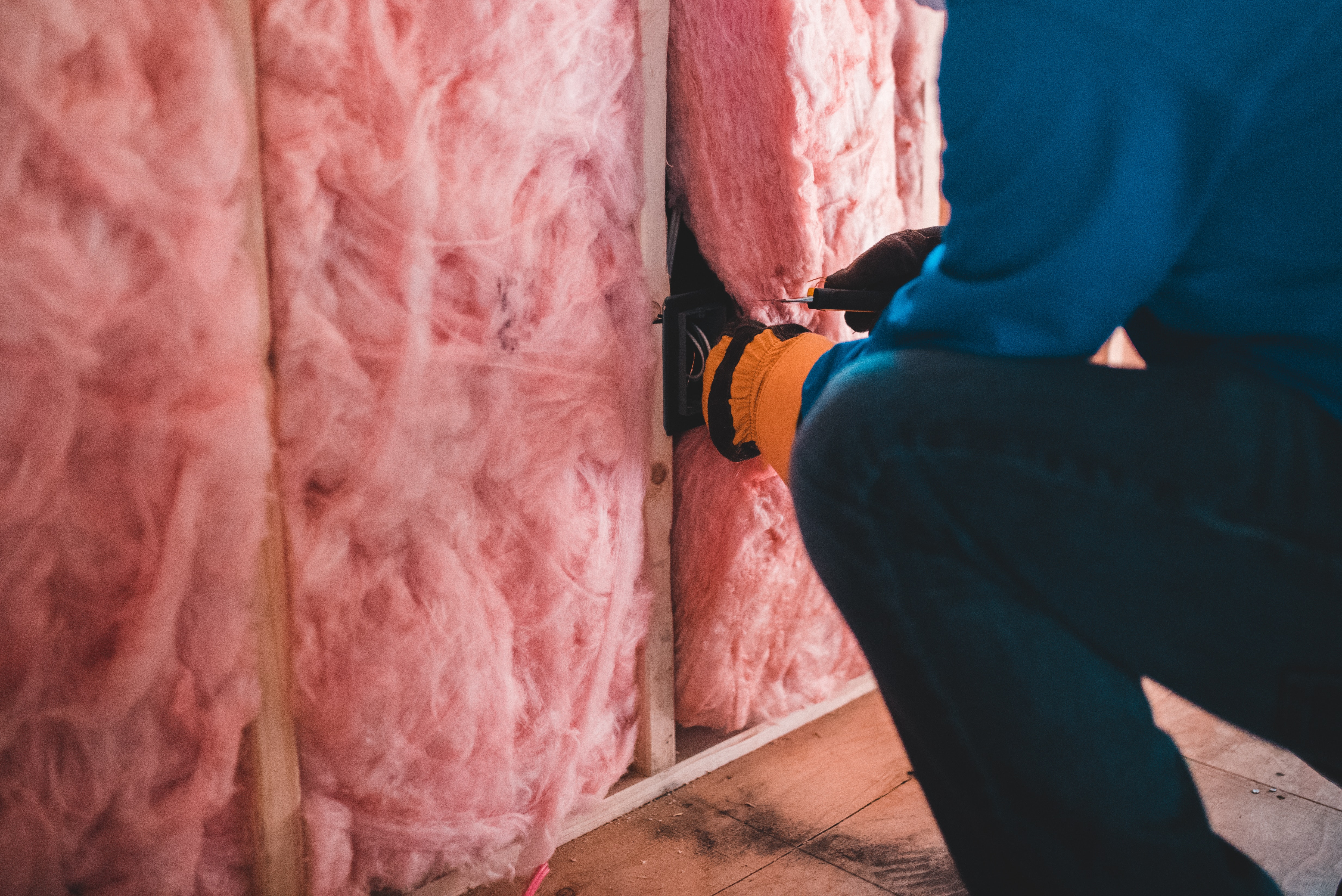
Selecting the right type of insulation is crucial in order to keep energy bills low and ensure occupants enjoy excellent temperature control all year round.
Here we take a look at the various factors that can affect insulation decisions, as well as the types of insulation on the market and the pros and cons of each.
Factors Affecting Insulation Choice for Your Pole Barn
Use of the Building
Pole barns that are used predominantly for storage may not need the same level of insulation as a building that's used as an office, workshop, studio flat, or similar. That said, even storage facilities can benefit from insulation, as temperature extremes can play havoc with goods, particularly during the height of summer or when the thermometer plummets.
Exposure
A pole barn in a sheltered location may not need much (or any) insulation in comparison to a barn that's up on a ridge, catching the worst of the weather. Note that insulation protects from both cold and heat - even if your barn is located so that it escapes the worst of the snow or wind, if it's in a sun trap, you could still need insulation to prevent occupants suffering during the summer.
Existing Levels of HVAC
Some people choose a pole barn to act as a home office, hobby area, workroom, study, or simply a place to get a little peace and quiet! In these circumstances, it's usual to have additional and/or cooling installed.
If you've got HVAC running in your pole barn is absolutely essential. Insulation helps to keep the interior temperature constant, minimizing heat loss or gain from the exterior. Poor insulation means your HVAC will have to work harder, putting stress on the system and sending your energy bills through the roof!
Degree of Longevity
Your pole barn is going to last a lifetime, so on that basis, we recommend opting for the best insulation you can afford. Whilst the initial outlay will be greater, high-end insulation is going to outlast a cheaper option, meaning a cost-saving over the longer term.
Premium insulation is likely to stay in condition for longer than a budget-friendly option, reducing maintenance costs. Repairing or replacing insulation also affects the usage of the building. Long-lasting, good-quality insulation requires little attention, minimizing the chances of disruption.
Protecting Your Asset
A pole barn is a lifetime investment, so it makes sense to provide it with the best insulation you can afford. Insulation helps to protect the fabric of the building from temperature extremes and moisture, potentially increasing its lifespan. Quality insulation can also increase resale value, in the event that you decide to sell up.
Budget
The top-of-the-range insulation option is spray foam. Not only is it suitable for any building configuration, but it also provides acoustic as well as thermal insulation, lasts for decades, and is a safe, environmentally friendly option.
At the other end of the scale, the best budget-friendly option is fiberglass. Simple to install and with a low price/square yard, it offers a reasonable level of insulation at an affordable price.
Types of Insulation
There are three main methods of applying insulation to the walls and loft space. These are spray foam, blanket batts, and rolls, or blown-in insulation material.
Spray Foam Insulation
Spray foam consists of a liquid polymer that's mixed with another polymer, then sprayed directly onto the wall or roof. In contact with the air, the polymer solidifies and expands, creating a durable layer of solid foam.
There are a number of different polymers on the market, including open- and closed-cell options. Open-cell foam is flexible and expands significantly on application. This makes it ideal for insulating awkward, hard-to-reach spaces. Closed-cell foam sets more rigidly and takes up less space, at the same time as providing excellent insulation.
Pros |
Cons |
|
|
|
|
|
|
|
Blown-In Insulation
Blown-in insulation consists of cellulose or fiberglass which is mechanically blown into wall or roof cavities.
Pros |
Cons |
|
|
|
|
|
Rolls or Batting
A popular, cost-effective form of insulation, batts are installed in pieces, whilst rolls of insulation are rolled between the framing of the wall or ceiling.
Rolls or batting can be made of several different materials including fiberglass (rock wool) or, for an environmentally friendly choice, natural wool.
Pros |
Cons |
|
|
|
|
As a leading provider of high-grade pole barns across the Des Moines area, we're happy to discuss your insulating options in more detail and provide appropriate recommendations if required.
With years of experience in constructing pole barns under our belts, we have a good understanding of the type of insulation that works best in a particular set of circumstances, as well as tips and tricks to ensure your barn provides the environment you need, all year round. Subscribe to our blog for more tips!

.svg)